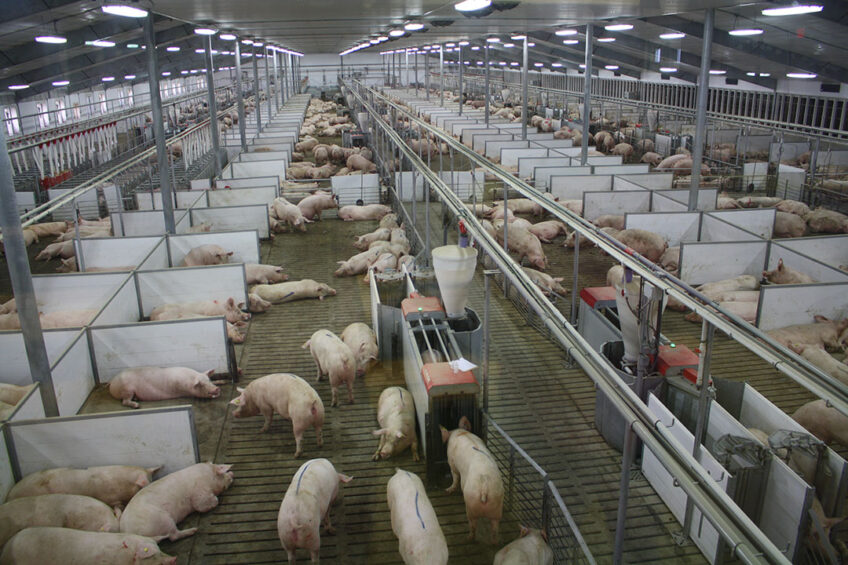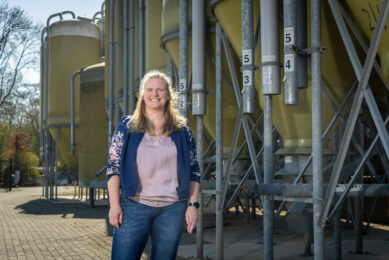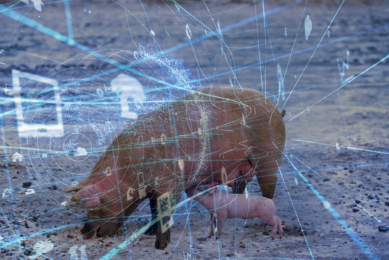Prop 12 – the US pig industry can rise to the occasion

The US Supreme Court upheld California’s Prop 12 legislation. As a consequence, the country’s swine industry faces tough challenges. Swine health and welfare expert Dr Monique Pairis-Garcia observes areas of future research and believes the US industry can manage to find ways to comply with the new standards.
Proposition 12, also known as the farm animal confinement initiative, will officially go into effect January 1, 2024. The California Code of Regulations states that any whole pork meat sold within the state of California must meet certain on-farm requirements specific to sow care and facilities. This law requires that sow farms must comply with specific minimum standards regarding freedom of movement and floor space.
Major changes for the US swine industry
For the US swine industry, major changes that will take effect on some farms will include increasing floor space to 2.2 m2 (24 ft2) and minimising confinement for no more than 24 hours over a 30-day period. This has been an interesting case to follow as many believed that Prop 12 would not be upheld as it allows one state to regulate how another runs its business.
However, regardless of those concerns, Prop 12 has passed and Prop 12 compliant meat can be self-certified starting July 1st. To date, there are currently 5 firms that have been approved by the California Department of Agriculture that are ready to provide certification and many US companies that have built or retrofitted Prop 12 compliant farms.
A recent study conducted in the Midwest demonstrated that sows housed in groups during gestation had a higher risk of mortality than confined sows
From an animal welfare standpoint there are always pros and cons to implementing change. Prop 12 provides more effective freedom of movement and opportunities for sows to display social behaviours and interact with pen mates more consistently. However, concerns arise regarding health and mortality of sows kept in group housing. A recent study conducted in the Midwest demonstrated that sows housed in groups during gestation had a higher risk of mortality than confined sows.
Sow management practices are different
This suggests that management practices and needs of sows in group housing will be different, particularly in Prop 12 farms that have very minimal to no confinement time. As these changes take into effect, impacts from an economic and animal care and welfare standpoint will become clearer. I am confident that US producers will rise to the occasion and be able to effectively implement and comply with the standards of Prop 12, whether or not the law brings effective and true change to the welfare of the sow.
Future work should prioritise minimising welfare problems in group housed sows by improving management practices specific to mixing, reducing competition for resources and more effectively managing the environmental climate and design.











